
In today’s trucking industry, every mile truly matters. Fuel costs continue to rise, operational downtime represents significant financial loss, and safety remains priceless. This is precisely why premium TBR tires have transitioned from being a “maybe someday” consideration to a “we need these now” essential.
Truck owners and fleet managers who upgrade to TBR tires typically experience fewer roadside breakdowns, observe consistent reductions in monthly fuel expenses, and maintain their vehicles in revenue-generating operation for longer periods. Drivers also appreciate the difference—not just in conversation, but in tangible cost savings and reduced operational stress.
The benefits extend beyond mere claims, demonstrating measurable returns through improved operational efficiency and enhanced peace of mind.
What Are TBR Tires? Definition, Structure, and Key Advantages
Truck and Bus Radial tires — everyone calls them TBR — are the tough radials made specially for big rigs, trailers, and buses. They carry huge weights, sometimes four tons on just one tire, across hundreds of thousands of miles. Heat, rain, bad roads, heavy loads — regular car tires would fall apart fast. TBR tires are built to handle all that.
Most standard TBR tires get the job done. But premium TBR tires are in a different league. They use better rubber mixes, clever tread patterns, stronger inner belts, and much tighter quality checks. You get tires that simply last longer, grip the road harder, and roll easier. Most owners find the extra cost up front pays itself back — and then some — through everyday savings and rock-solid dependability.
The Real Advantages That Make Premium TBR Tires Stand Out
Talk to any fleet manager who has actually switched, and the same four benefits come up every time. These aren’t tiny upgrades. They’re the kind of changes you feel in your bank account and on the highway.
They Last a Lot Longer — Seriously Longer
The rubber in premium tires fights off heat and wear much better than cheap rubber. The tread is deeper. The shoulders are stronger. The whole casing is tougher. Many owners easily get 200,000 to 300,000+ kilometers before the first retread. Plenty of tires then go on to a second or even third life. That means fewer tire bills over the years.
Safety You Can Feel Every Day
Wet roads feel less scary. Fully loaded trailers stay steady. Sudden blowouts almost disappear. How? Wider grooves, smarter sipes, and grippier rubber compounds keep the tire stuck to the pavement when it matters most. Drivers say the truck just feels “planted,” even in pouring rain or on rough highways.
Real Fuel Savings Every Single Month
Easier-rolling tires mean the engine works less hard. Some premium patterns cut fuel use by 3 to 6 percent. For a fleet with forty trucks, that can be thousands of dollars saved every year — often enough to pay for all the new tires and still have money left over.
Comparison: Premium TBR Tires vs Economy TBR Tires
Add it all up — longer wear, fewer replacements, less downtime, lower fuel — and the total cost per kilometer drops fast. Most fleets see the premium tires pay for themselves in twelve to eighteen months. After that, it’s just extra profit.
| Benefit | Typical Economy TBR | Premium TBR |
| Miles before retread | 120,000–180,000 km | 200,000–300,000+ km |
| Wet braking | Normal | 10–20% shorter |
| Fuel savings | None | 3–6% less fuel |
| Cut & puncture resistance | Okay | Very high |
| Warranty | 1–2 years | 3 years or longer |
How Premium TBR Tires Help Companies and Drivers Do Better
Owners who track every penny per kilometer almost always end up running premium rubber on the whole fleet once they see the real numbers. The savings keep growing. You buy fewer tires. Trucks spend more days working and fewer days in the shop. Fuel bills shrink. Drivers get less tired because the ride is smoother and quieter. All of that together means happier drivers, fewer accidents, and lower insurance costs.
Drivers notice right away. The steering feels lighter. The truck tracks straight. There’s less shaking on long hauls. And deep down, they know the tires won’t let them down in the middle of nowhere. That kind of confidence matters.
What Goes Into Making a Truly Dependable Premium TBR Tire
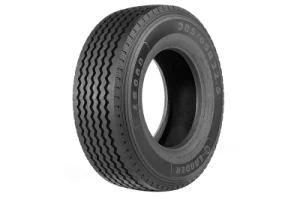
Top manufacturers don’t cut corners. Top factories test every batch of raw rubber. They watch every single step — mixing, building, curing, finishing. Many run every tire through an X-ray machine to spot hidden air bubbles or cord problems before the tire ever hits the road. Certifications like DOT, ECE, GCC, SASO, and R117 are standard, not extras.
The best companies also care about people. They answer fast. They tell the truth. They stand behind their product long after the sale. That kind of support turns a simple purchase into a real partnership. Premium tire factories follow ISO9001 / ISO14001.
Meet Qingdao Lander Sky Tyre – A Trusted Name in Premium TBR Tires
Qingdao Lander Sky Tyre, TBR tire exporter from China has been building premium TBR since 2013. They ship to over fifty countries across the Middle East, Southeast Asia, Latin America, and Africa. Even in the tough 2023–2024 market, they moved more than 750 containers — that’s 30 percent growth in one year.Five up-to-date workshops give them full control from raw material to final X-ray check. Every tire carries a honest three-year warranty. They answer questions fast, talk straight, and give exclusive distributors real market protection. Many first-time importers, especially in strict markets like Mexico, pick Lander Sky because the team walks them through testing, paperwork, and shipping until everything runs smoothly.
Conclusion
Premium TBR tires aren’t a luxury anymore. They’re one of the smartest moves a trucking company or distributor can make right now. Longer wear, lower fuel use, better safety, and real backup from a solid supplier — it all adds up to more money in your pocket, happier drivers, and a stronger business tomorrow.
Frequently Asked Questions About Premium TBR Tires
Q: Are premium TBR tires really worth the higher price?
A: Yes. Most fleets get their money back from fuel savings and extra miles in the first year. After that, every kilometer is almost pure profit.
Q: How many kilometers can I actually get?
A: On highway and regional routes, 200,000 to 300,000+ km before retreading is normal. Plenty of owners report even higher numbers with good maintenance.
Q: Do they handle rain and bad roads better?
A: Definitely. Deep grooves and modern rubber give shorter stopping distances and stronger grip when the weather turns nasty.
Q: What certifications matter most?
A: Look for DOT, ECE, GCC, SASO, and R117. Good makers show the certificates without being asked twice.
Q: Can I become the exclusive distributor in my area?
A: Yes — many premium suppliers, including Qingdao Lander Sky Tyre, give protected territories to partners who hit reasonable monthly volumes and take care of the brand.



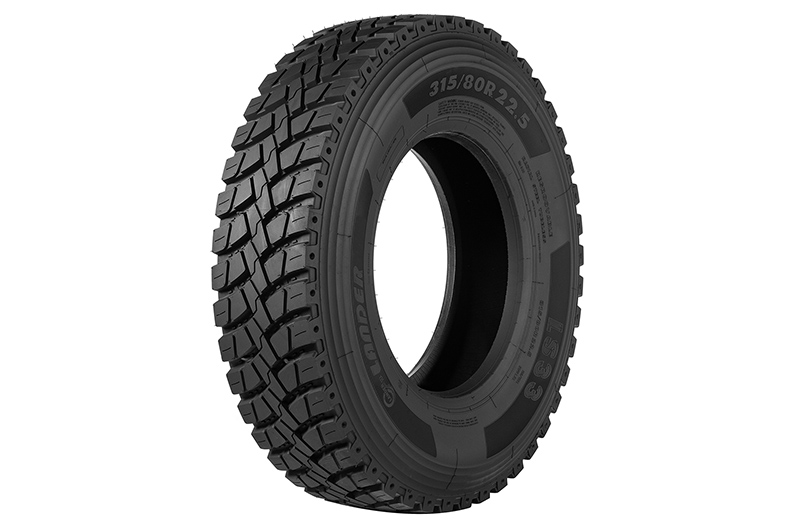

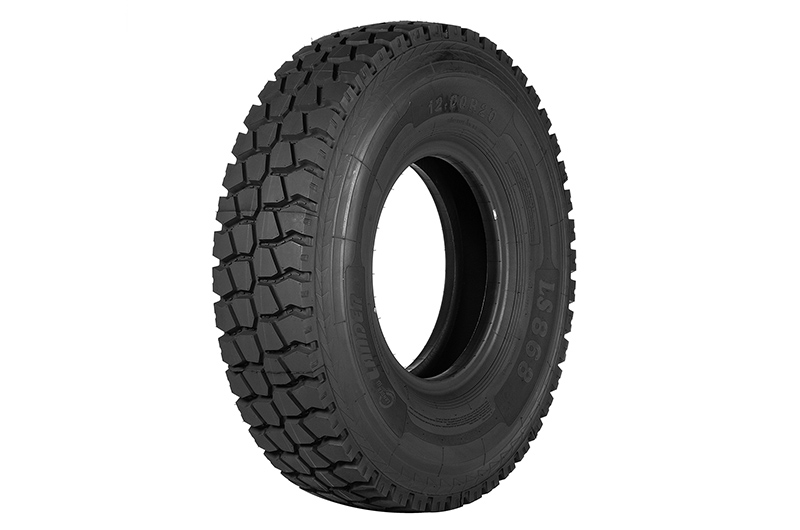
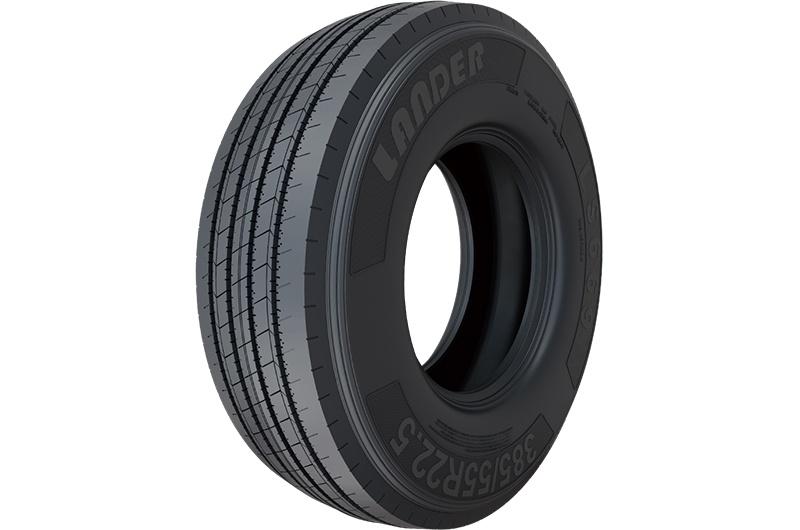

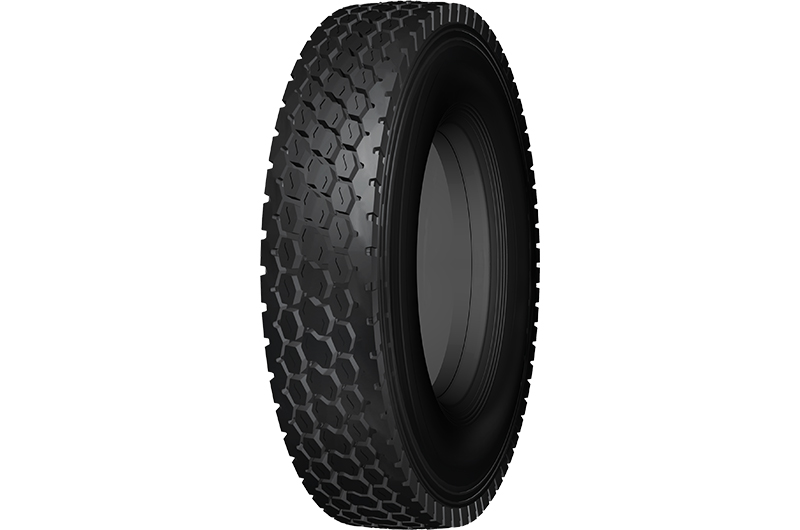
Leave a comments